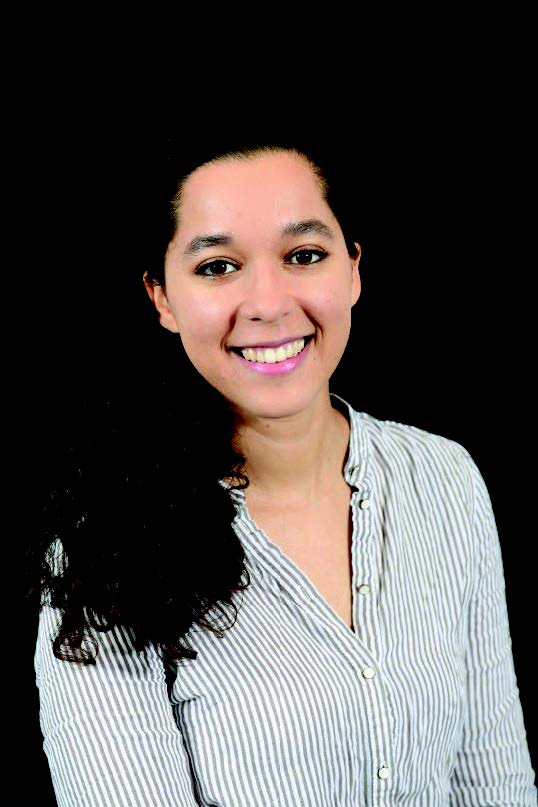Years: 2019-2020
Training Site: Scientific Research Center, Academic Hospital Paramaribo
Country: Suriname
Mentors: Maureen Lichtveld, MD, MPH; Wilco Zijlmans, MD, PhD; Jeffrey Wickliffe, PhD
Title: “Risk Assessment of Maternal Fish Consumption, Mercury, Selenium, and Fatty Acids in CCREOH Surinamese Cohort”
Program Objectives:
Aim 1. Assess species-specific fish intake among pregnant women in the CCREOH cohort study. Maternal fish intake patterns will be summarized (using frequency or means) by fish type (individual species, freshwater and marine, rainy and dry season), and by social demographic factors including residency (urban, coastal or interior rural), race/ethnicity (Caucasian, Creole, Hindustani, Indigenous, Javanese, Tribal, mixed), age, weight, height, and BMI.
Aim 2. Use probabilistic modeling to develop a risk analysis of dietary Hg intake and the potential benefits of PUFA-3 or Se present in fish. Two existing risk-benefit models will be employed to assess potential Hg toxicity while taking into account the potential interaction from PUFA-3 or Se from fish consumption: 1) To assess the role of PUFA-3 in fish, a framework using an existing net infant Visual Recognition Memory (VRM) score (that is predictive of IQ development late in life) to predict pediatric neurodevelopment will be employed. VRM score a measure of infant neurological health that is sensitive to methylHg neurotoxicity and is predictive of IQ development later in life. Separately, 2) to examine the role of Se in fish, a secondary risk-benefit criterion will be used to calculate Selenium-Health Benefit Values (an index to predict the potential for Se to attenuate Hg neurotoxicity from maternal fish consumption). Measured concentrations of Hg, PUFA-3, and Se in fish will be analysed by fish species to capture species-specific variability and possible risks.
Aim 3. Determine seasonal variability fish consumption, of PUFA-3 and Se in fish, and consumption of patterns of non-fish dietary items rich in PUFA-3 and Se. A food frequency questionnaire (FFQ) will be developed and validated to quantify to assess two dietary intake patterns: 1) intake variation during distinct seasonal periods (rainy and dry); and 2) intake rates of non-fish food items rich in PUFA-3 and Se (such as nuts and seeds).
NIH Support: Fogarty scholar doctoral training award, NIEHS supplement

